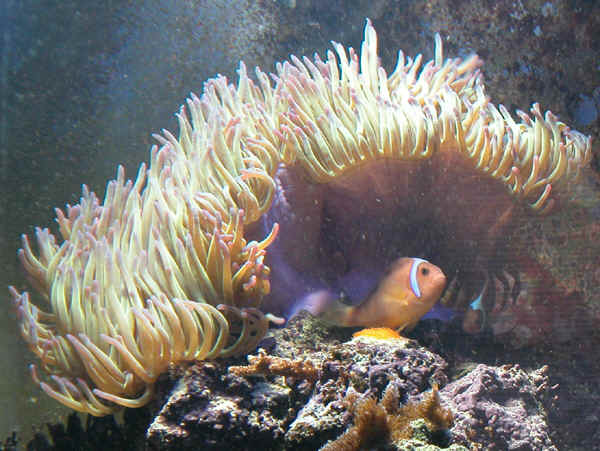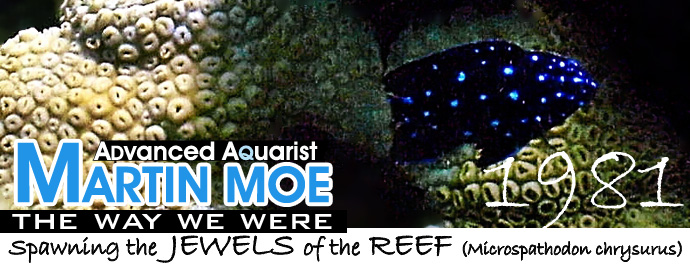
The Way We Were: Spawning the Jewels of the Reef
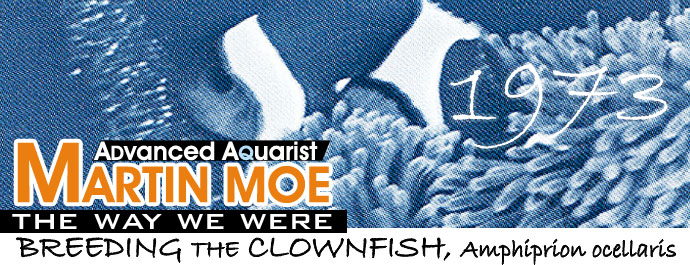
The Way We Were: 1973: Breeding the Clownfish, Amphiprion ocellaris
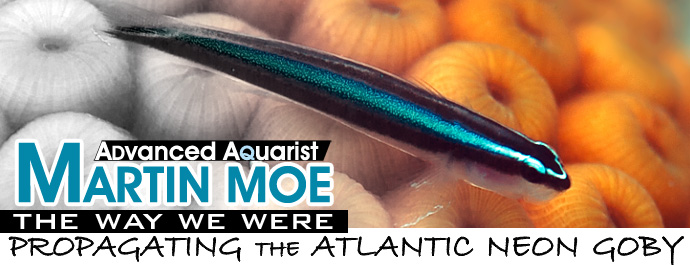
The Way We Were: Propagating the Atlantic Neon Goby
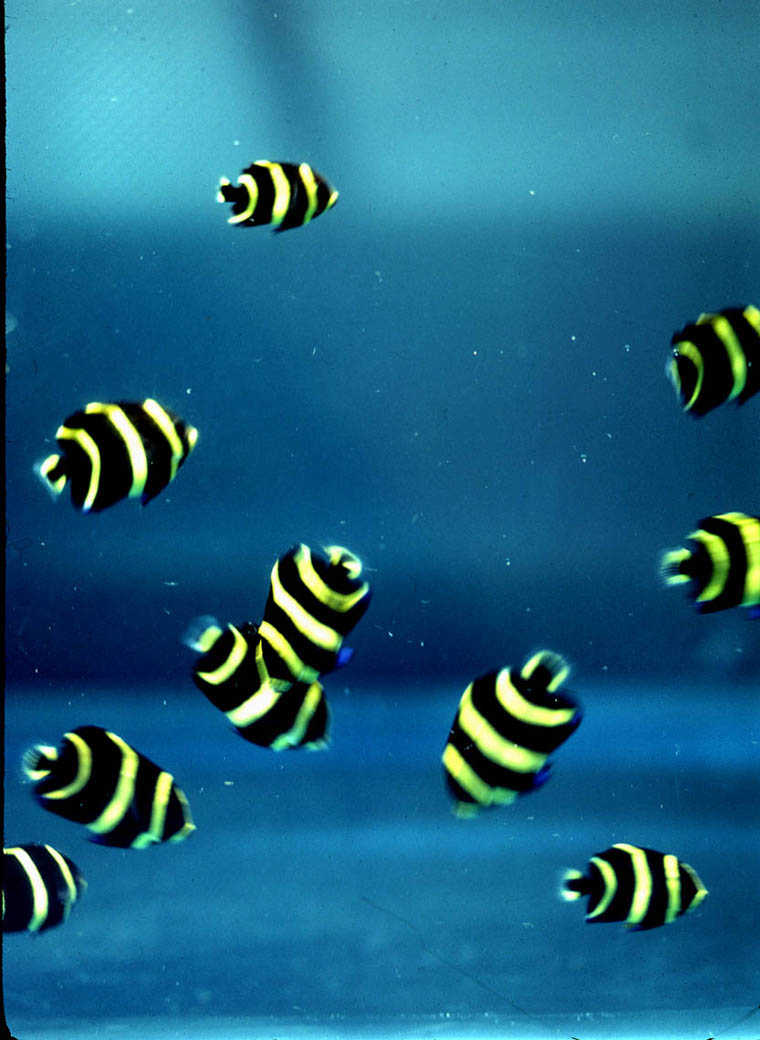
The Breeder’s Net: A New Dawn For The Culture Of Marine Ornamental Fish
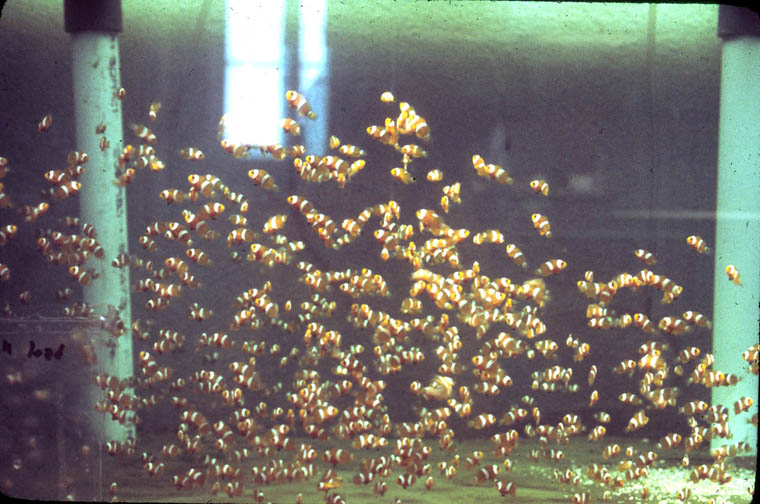
Marine Fish Culture – Grow-out Considerations
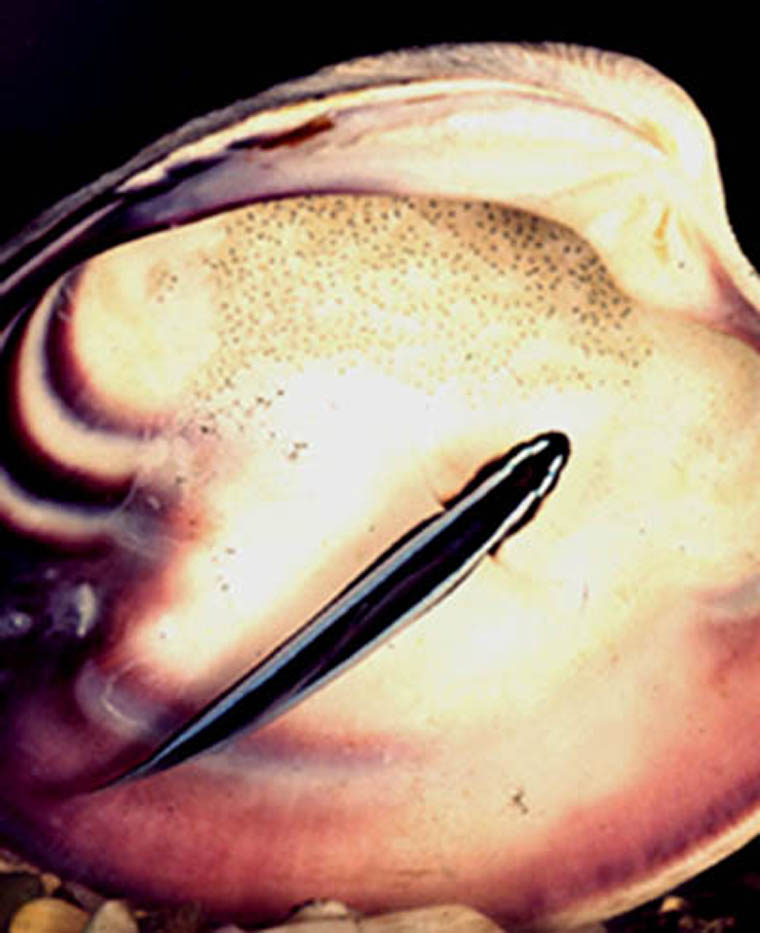
The Breeder’s Net: Propagating The Neon Goby, Gobiosoma Oceanops
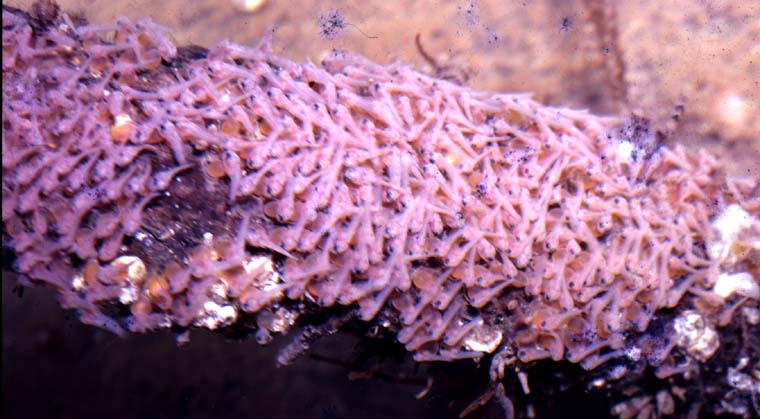
The Breeder’s Net: Spawning Modes Of Marine Fish
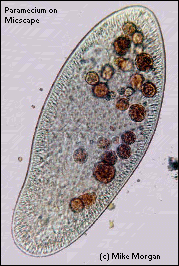
The Breeder’s Net: The Culture Of Ciliates
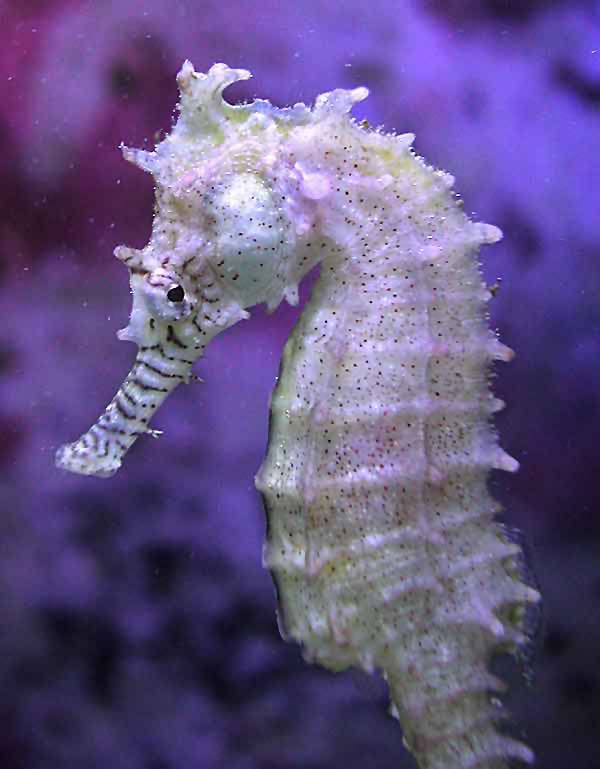
The Breeder’s Net: Science, Biology, And Terminology Of Fish Reproduction: Reproductive Modes And Strategies-Part 1
